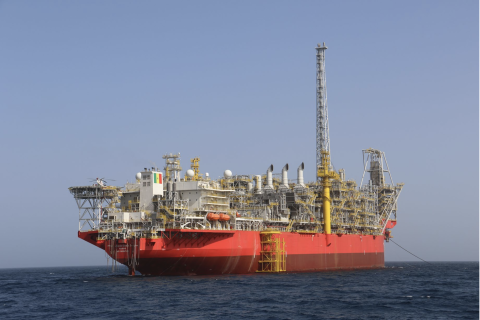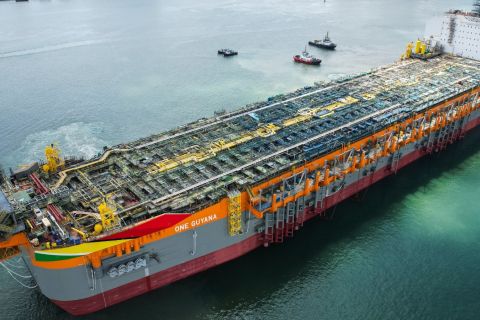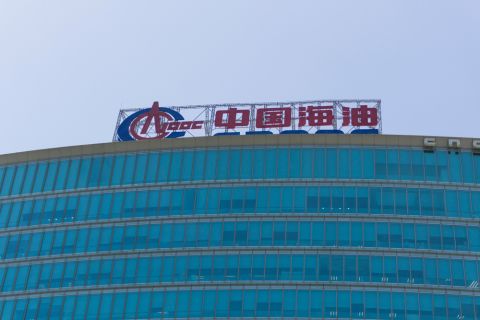U.S. LNG exports to China in July fell to their lowest level in a year and are expected to decline further as the Sino-U.S. trade dispute forces utilities to seek alternative supplies.
China last week said it may slap a 25% import tariff on U.S. LNG supplies in retaliation to a raft of duties on Chinese goods that President Donald Trump has announced since June.
“The import tax will make U.S. exports of LNG uncompetitive,” energy research group Bernstein said in a note this week.
Other analysts told Hart Energy that U.S. LNG exporters can compete against Chinese tariffs. George Popps, Singapore-based director for LNG research at Stratas Advisors, agreed that the tariffs would only have a negative effect on the competitiveness of U.S. LNG in China. It would not, however, mean Gulf Coast export terminals would need to close shop.
Others analysts agreed that companies such as Cheniere would still find a home for its LNG but warned that the spat with China could stall planned future U.S. export projects that were hoping to sell into China.
“While Chinese tariffs will not halt the United States’s rise to be among the world’s top-3 largest LNG exporters, they could slow or stop the progress of some projects... reducing the overall weighting of U.S. LNG in the global LNG mix over the next decade,” said Credit Suisse’s Kavonic.
Traders said Chinese buyers were already seeking alternatives, according to Reuters.
“The Chinese are already indicating that they would prefer not to take U.S. cargoes for any new spot deals,” a Singapore-based energy trader who deals with Chinese LNG importers told Reuters.
He declined to be identified because he was not authorized to speak publicly about commercial operations.
Some analysts said the main beneficiaries of this shift are producers in the Asia/Pacific region, who have been quick to snatch market share from the U.S. since the trade disputes broke out in June.
“Short-term, alternative volumes could come from many other projects including the more proximate Australian, Papua New Guinean (PNG) and Qatari projects which have some flexible volumes,” said Saul Kavonic, director of Asia/Pacific markets and head of energy research for Australia at Credit Suisse.
Shipping data shows that U.S. LNG sales to China have already slumped from almost 400,000 tonnes in May to just 130,000 tonnes in July, while supplies from Australia, Malaysia, Indonesia, Russia and Papua New Guinea have increased.
U.S. LNG exports only started in 2015, and sales to China were a booming business opportunity for the American natural gas industry. They were also a convenient tool to reduce the American trade deficit with China.
Additional reporting by Joseph Markman, Hart Energy
Recommended Reading
Sangomar FPSO Arrives Offshore Senegal
2024-02-13 - Woodside’s Sangomar Field on track to start production in mid-2024.
E&P Highlights: March 11, 2024
2024-03-11 - Here’s a roundup of the latest E&P headlines, including a new bid round offshore Bangladesh and new contract awards.
Deepwater Roundup 2024: Americas
2024-04-23 - The final part of Hart Energy E&P’s Deepwater Roundup focuses on projects coming online in the Americas from 2023 until the end of the decade.
E&P Highlights: April 15, 2024
2024-04-15 - Here’s a roundup of the latest E&P headlines, including an ultra-deepwater discovery and new contract awards.
CNOOC Makes 100 MMton Oilfield Discovery in Bohai Sea
2024-03-18 - CNOOC said the Qinhuangdao 27-3 oilfield has been tested to produce approximately 742 bbl/d of oil from a single well.





